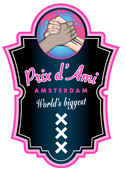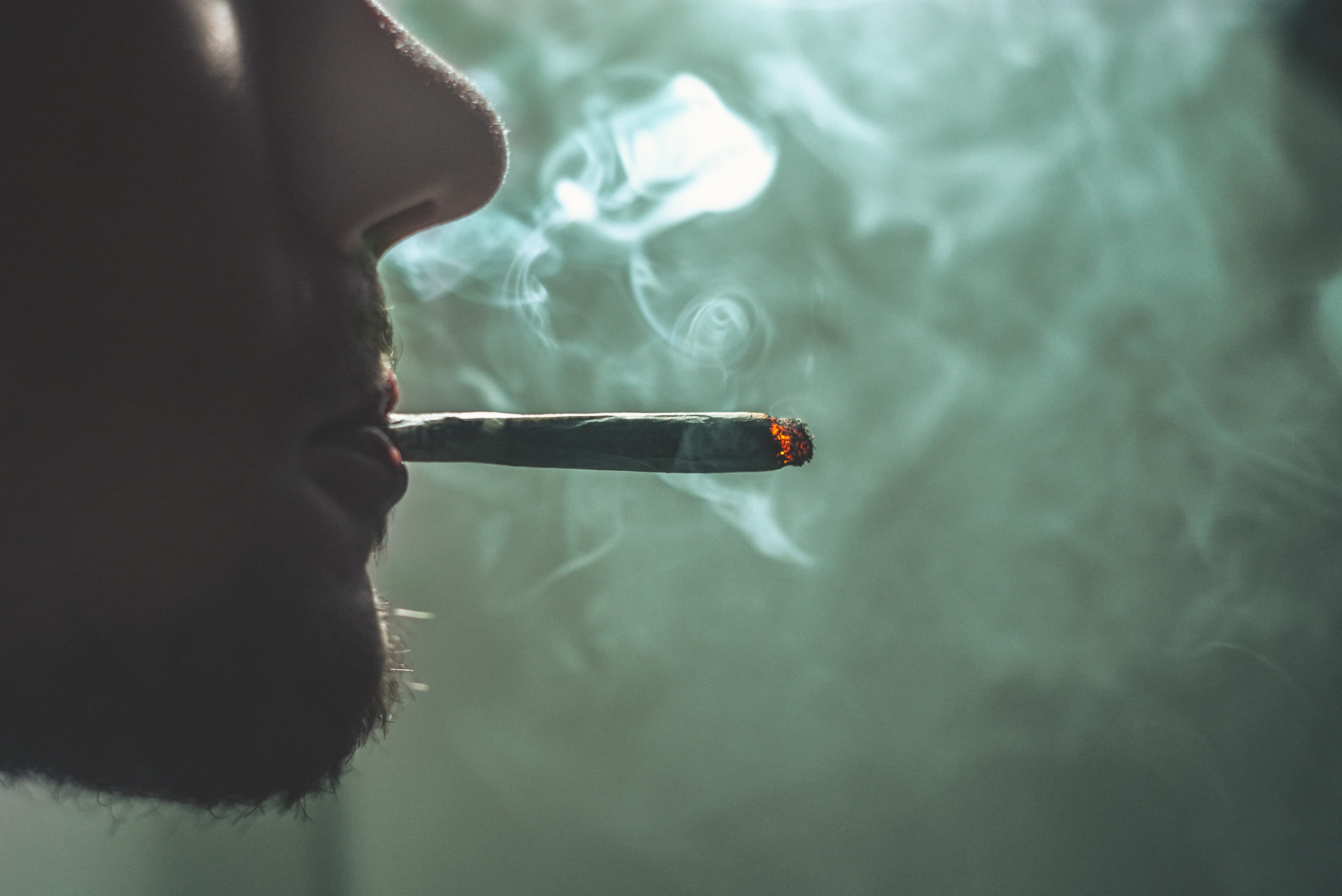In the Netherlands, various soft drugs are legally sold in coffee shops that meet the requirements. Soft drugs can vary in effect. For example, a drug can have a stimulant effect, a narcotic effect or a hallucinogenic effect.
Below we’ll explain the different types of soft drugs, their effect and possible disadvantages.
What are soft drugs?
Soft drugs, also known as light narcotics or light intoxicants, are on list 2 of the Opium Act. The Dutch government regards soft drugs as drugs with an acceptable risk. Addiction to soft drugs occurs relatively infrequently and the withdrawal symptoms are most likely less severe than those associated with hard drugs.
Soft drugs include weed, hash, sleeping pills and tranquilizers. Hard drugs include heroin, coke, magic mushrooms, GHB and amphetamine. Hard drugs are, according to the Dutch government, drugs with an unacceptable risk.
Difference between natural and synthetic drugs
There are different types of drugs: natural (or herbal) drugs and synthetic drugs. Natural or herbal drugs mean that these drugs are made from natural products, such as plants and herbs. Examples include weed, marijuana and poppy. The so-called smart drugs or eco drugs fall under the category of natural drugs.
Synthetic drugs, on the other hand, are made in a lab. Party drugs and designer drugs fall under this category. Examples of synthetic drugs include GHB, Ecstasy and heroin.
In terms of effect, there is no difference between natural and synthetic drugs. However, the active substance can be dosed very precisely with synthetic drugs, while this is less of an option with natural drugs.
Party Drugs
As mentioned above, party drugs fall under the category of synthetic drugs. They are drugs that people mainly use when going out. Think of party drugs like coke, speed and XTC. Party drugs provide extra energy thanks to their stimulant effect. It makes someone feel free and energetic. Party drugs can make it possible to stay awake (longer) and dance all night long. Stimuli such as music have a more intense effect on a person, and sometimes his or her perception distorts, making it easier for him or her to cross boundaries.
Party drugs also include poppers and GHB. This last drug is also called the date rape drug. Poppers and GHB, among other things, may sexually arouse someone. Party drugs can be both physically and mentally very addictive.
Ecodrugs
Ecodrugs or smart drugs are drugs based on natural products, such as plants and herbs. These kinds of drugs affect one’s consciousness. Ecodrugs and smart drugs fall under the category of soft drugs and are therefore freely available in coffee shops (also known as smart shops).
Coffee shops used to be allowed to sell GHB, mushrooms and ephedra, but this has been banned in the Netherlands since 2008. Only truffles with the same active ingredient may be sold.
Ecodrugs or smart drugs can have a stimulating or narcotic effect. Depending on the drug, a trip can also be induced, or a sexually stimulating effect.
Designer Drugs
Designer drugs, also known as Research Chemicals, fall under the category of synthetic drugs. They are made in laboratories and contain new psychoactive substances that mimic the effects of commonly used drugs. Small adjustments can be made in designer drugs, so that the drug meets the needs of the buyer.
The most commonly used drugs in the Netherlands
In the Netherlands, cannabis is the most commonly used drug. For example, a study from 2021 showed that 24.6% of Dutch adults indicated that they had taken cannabis (hash or weed) at some point in their lives. In the year 2021 itself, 8.0% of adults used cannabis.
After cannabis follows XTC in terms of popularity. The same study from 2021 showed that 9.8% of the population over the age of 18 had taken Ecstasy at some point in their lives. In 2021 itself, 3.1% of adults used XTC. After cannabis and XTC, coke and amphetamine follow as popular choices among the Dutch population.

